
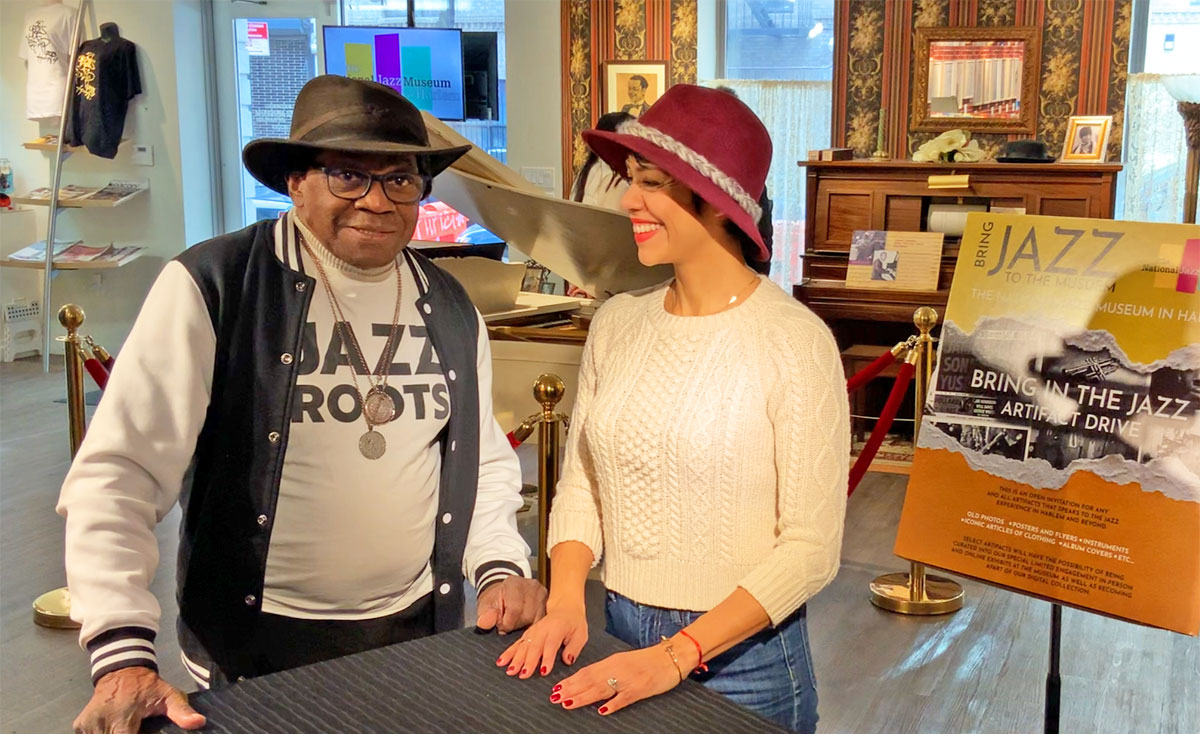
Bring in the Jazz
Sonny Allen’s Savoy Memories
Sonny Allen is a dance legend from the Savoy and Palladium ballrooms and one of the last surviving interpreters of the Savoy style of Swing. In a career spanning over six decades, Allen has mastered and created his own smooth, suave style of mambo, swing, foxtrot and tap dancing. He is also a consummate entertainer who can dance as well as play drums and sing, a rare combination of talents that have made him as much of a philosopher of dance as a great practitioner of the art form. Allen’s family came from Barbados to Harlem in the 1930s, where he grew up in the midst of an inescapable atmosphere of music and dance.
The National Jazz Museum in Harlem is honored to share Sonny’s memories of the Savoy Ballroom and his unique first person account of what made the era, the place, the dancing, and the music so special. Sonny’s words paint a rich picture of what it was like to go to the Savoy in its final days.
Photo: Sonny Allen (left) and Talia Castro-Pozo (right) at the National Jazz Museum in Harlem during the Bring in the Jazz Artifact Drive.
Click items below for audio, video, descriptions and stories…

Do the dancers follow the band or does the band follow the dancers?

This photo montage comes from Sonny Allen’s performance at the Apollo theater in 1959 just after he won the 1958 Harvest Moon Ball. By the time of the Apollo performance Sonny Allen had formed The Rockets with dancer Barbara Billups. Other artists on the bill were The Coasters, The Falcons (whose lead singer was Wilson Pickett), and the comedians Stump and Stumpy. “We had a ball,” recalls Allen.
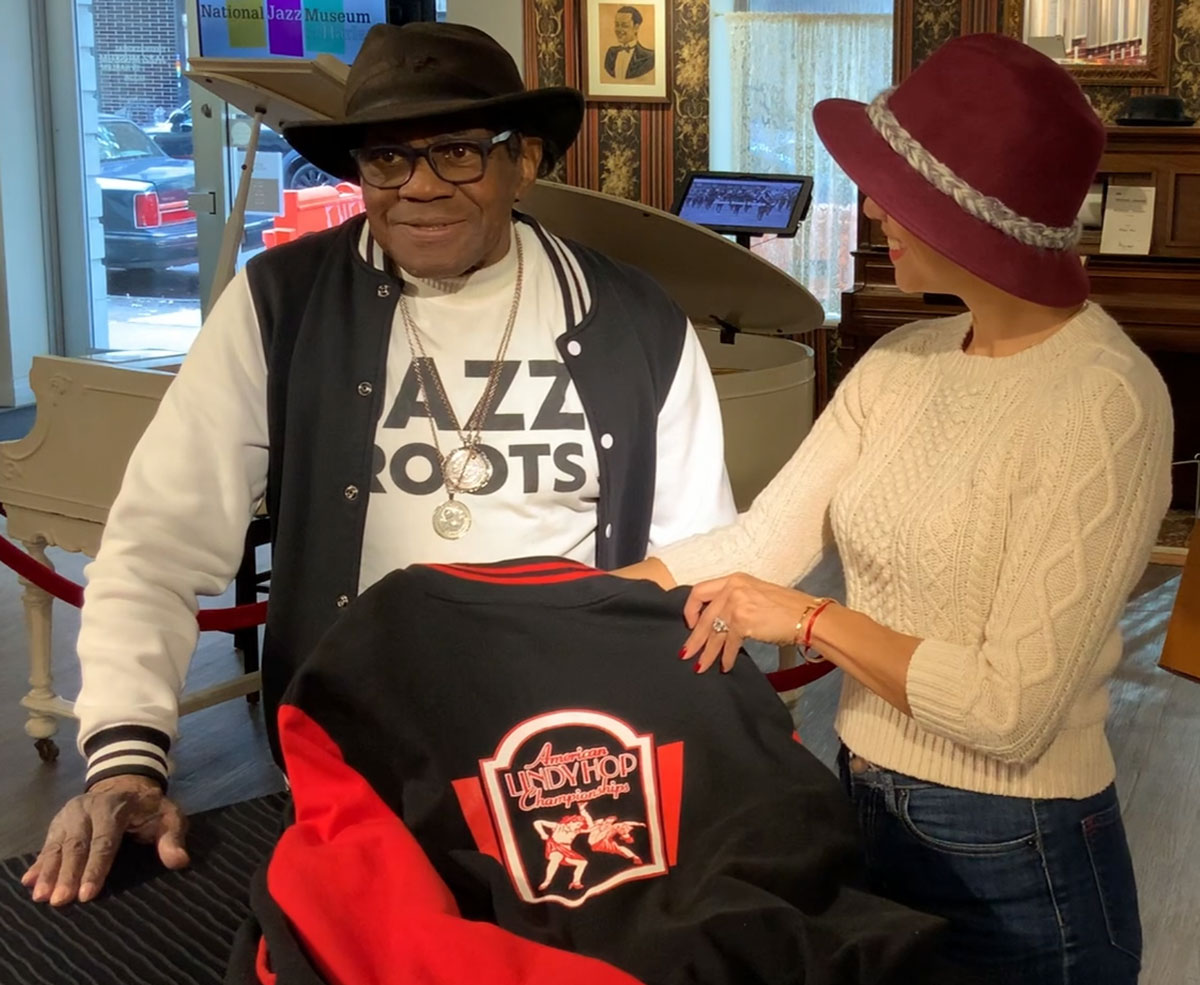
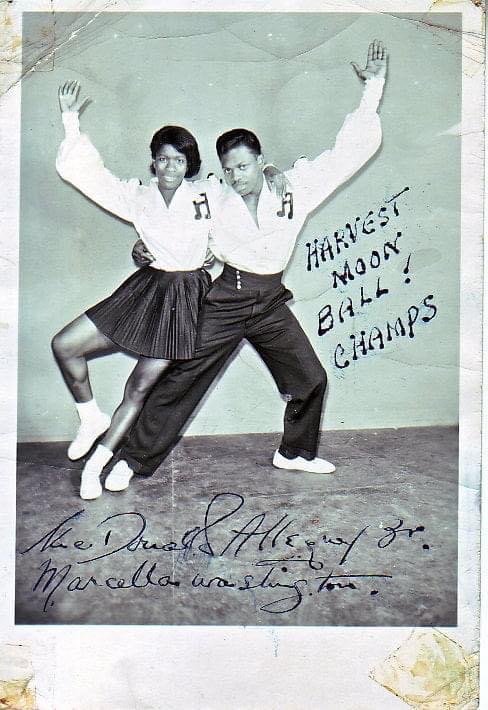
In 1957, Allen began dancing at the Savoy Ballroom just one year before its closing. In that short period of cutting his teeth with the finest dancers in the world, Sonny Allen won the famous Harvest Moon Ball Championship at Madison Square Garden in 1958, and began his lasting career as an entertainer, dancer and musician. Throughout that time Allen has continued to evolve with fresh, new ideas, keeping improvisation at the heart of his work.

In October of 2023, New York State Senator Cordell Cleare issued a proclamation honoring Sonny Allen, “Beloved Elder of the Harlem Lindy Hop Dance Community, upon the occasion of his recognition by the New York Lindy Hop Exchange.”
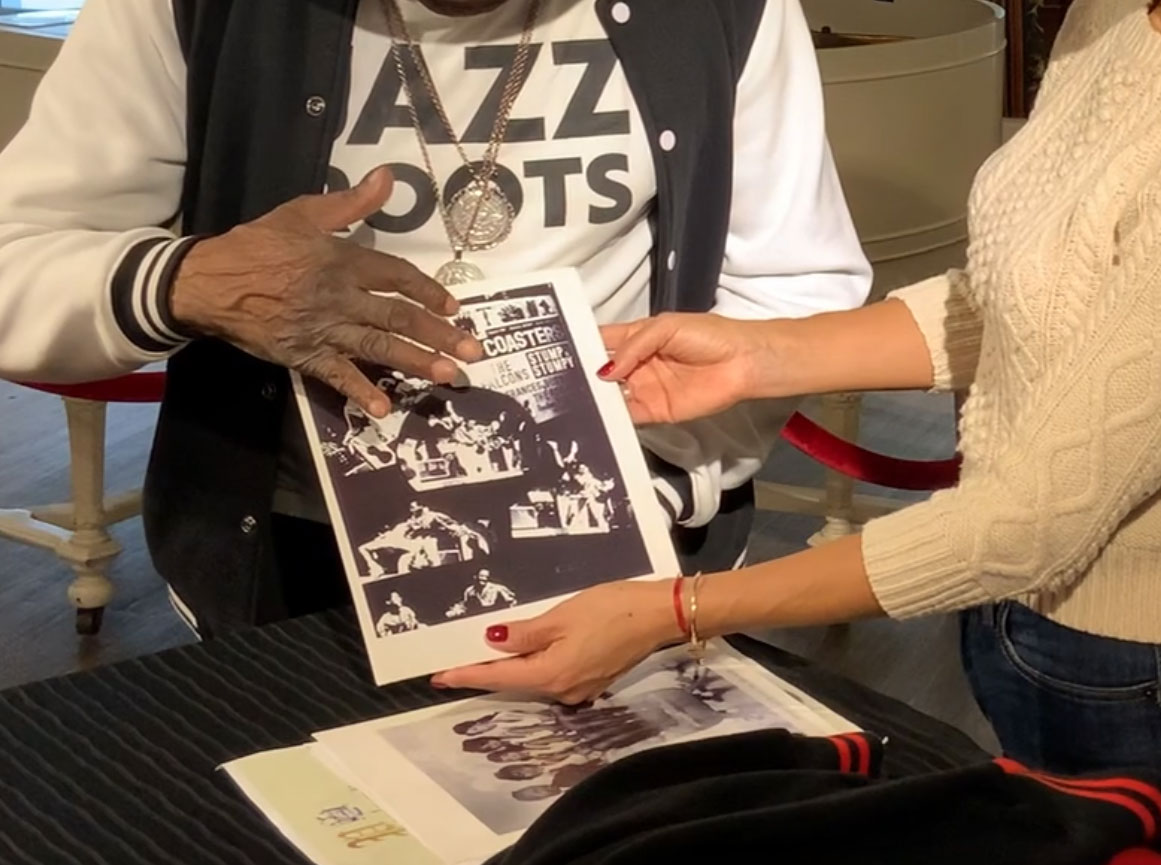

If you can’t sing it, it ain’t gonna make no sense down there.

This photograph shows Sonny Allen and the Rockets, Allen’s touring group from the late ‘50s until the early ‘80s. This photograph shows the four original Rockets: including Barbara Billups, Sugar Sullivan, Marnie, and Lovey.
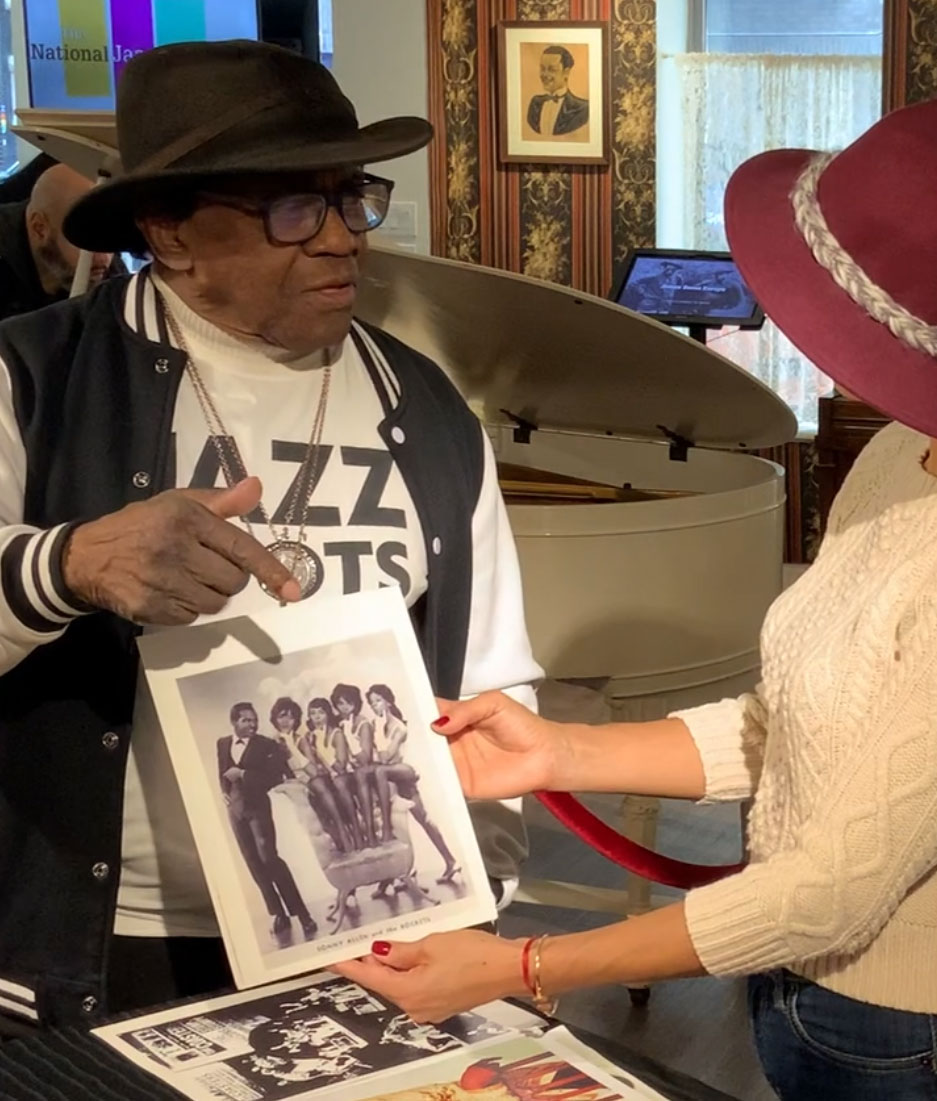

The Club Broadway was one of the hot spots of New York City’s Latin dance scene in the 1980s where Sonny Allen regularly performed.
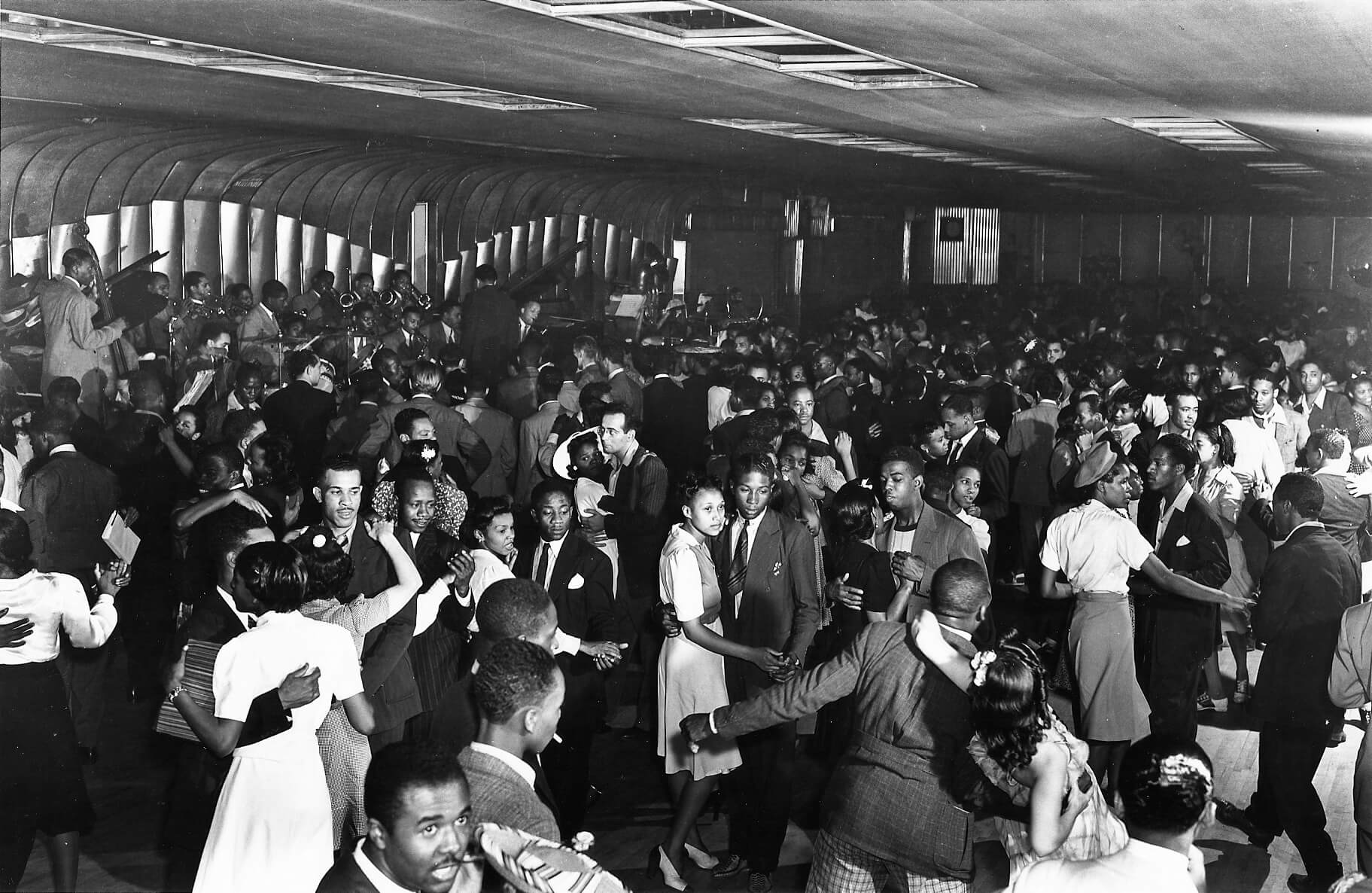
Since the closing of the Savoy Ballroom over 65 years ago, memories of dancers like Sonny Allen transport us to the bygone era of the Savoy, Harlem’s “Home of Happy Feet.” From 1926 to 1958, the Savoy was Harlem’s pride and joy, a palatial ballroom that stretched an entire city block from 140th to 1941st streets. At the Savoy, audiences from around the world came to dance to some of the greatest bands of all time including those of Fess Williams, Chick Webb, Fletcher Henderson, Teddy Hill, Count Basie, Duke Ellington, Lucky Millinder, Benny Goodman, Jay McShann, the Savoy Sultans and so many more.
The Savoy was like something you can never understand.
The Savoy was the first place that had continuous music.

They never moved sh*t!

This flier comes from Sonny Allen’s birthday show at the Club Broadway at Broadway and 96th streets on August 27, 1982. Also performing was Jose Alberto aka El Canario

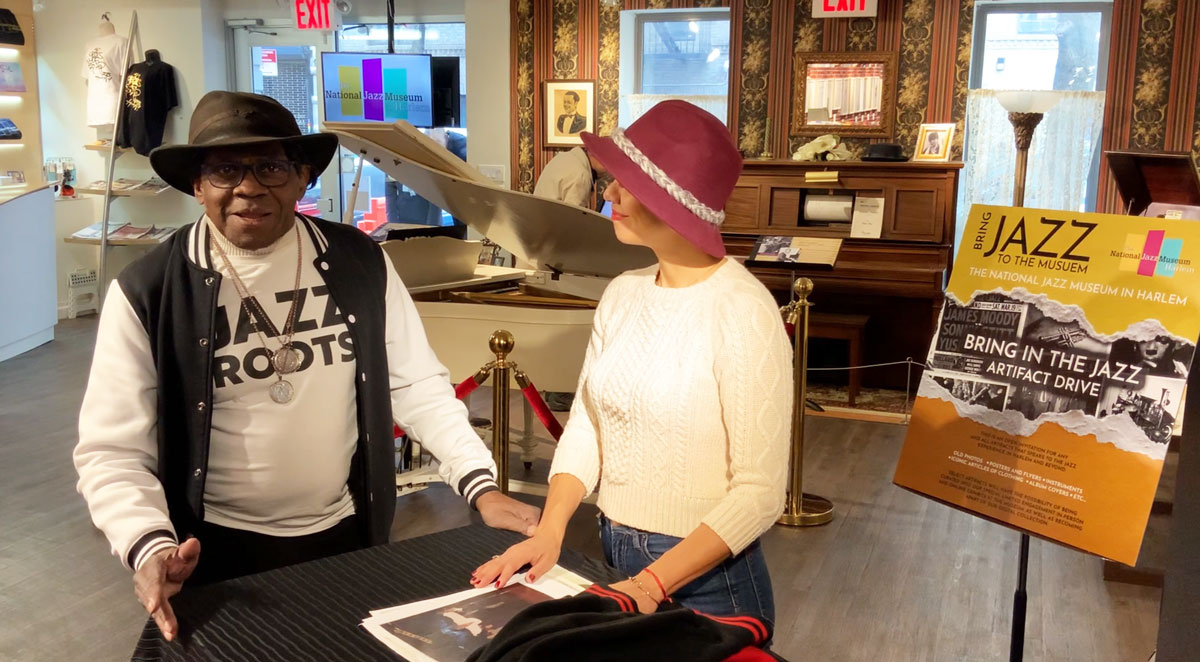

In 2023 Mayor Eric Adams presented Sonny Allen with a certificate of recognition for his “contributions to our dynamic cultural landscape.”

"The Rockets" (not to be confused with The Rockettes) became a trio by the late 1960s. The members in this photograph are (left to right) Sugar Sullivan, Barbara Billups and “Little Bit.” Each of the members of The Rockets made their own costumes.
We used to call them Kitchen Mechanics.

In the 1960s, the Esquire Show Bar was one of the most popular nightclubs in Montreal where acts like the Isley Brothers and the Supremes regularly appeared. Sonny Allen played there in the same period.

This photograph shows Sonny Allen and the Rockets working at the Esquire Show Bar in Montreal. Allen’s versatility as a dancer and entertainer made him fit into the R&B scene as seamlessly as he fit into the Lindy Hop and Latin dance scenes.

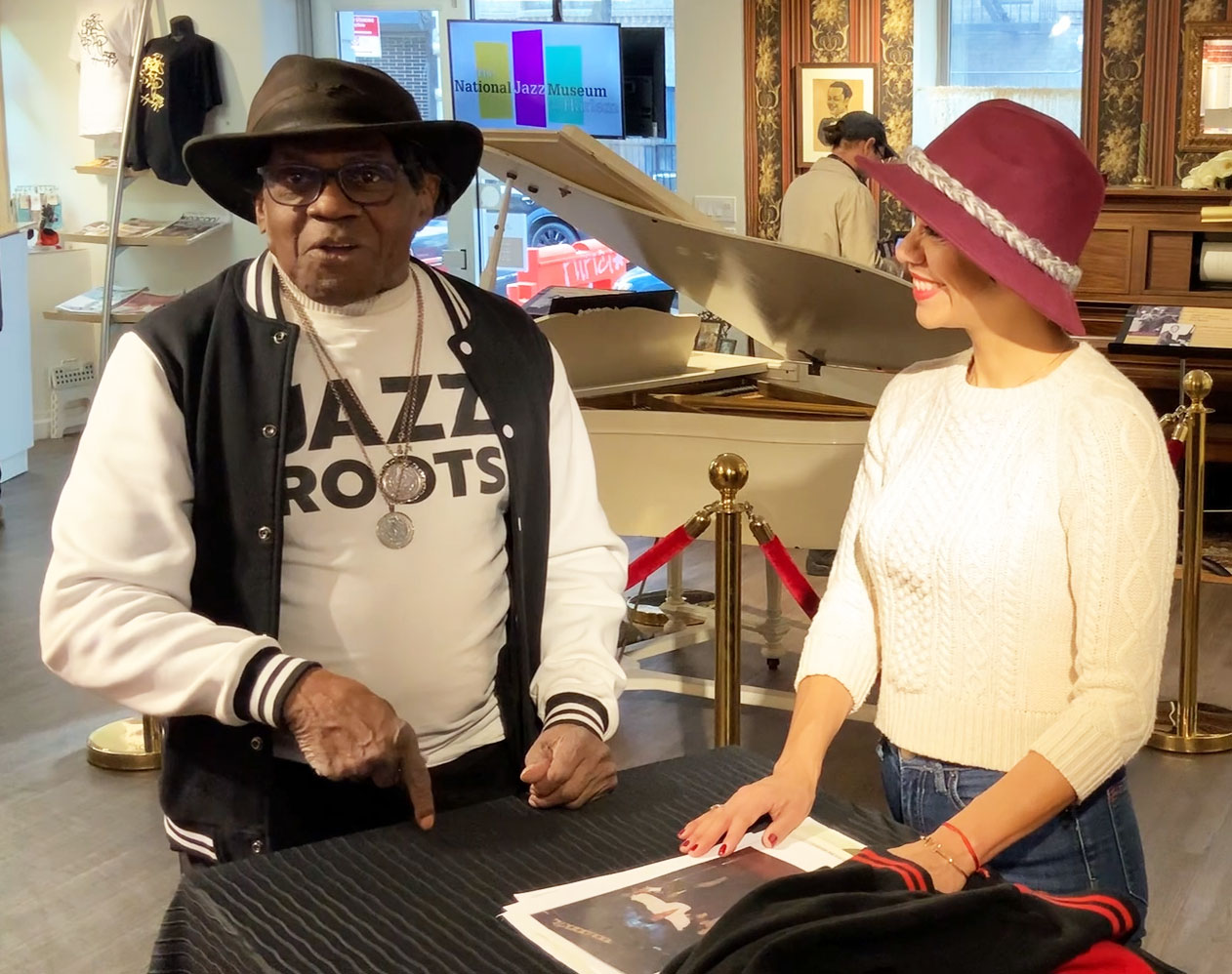
When you went to the Savoy there was only one thing they said: ‘Can you dance?

